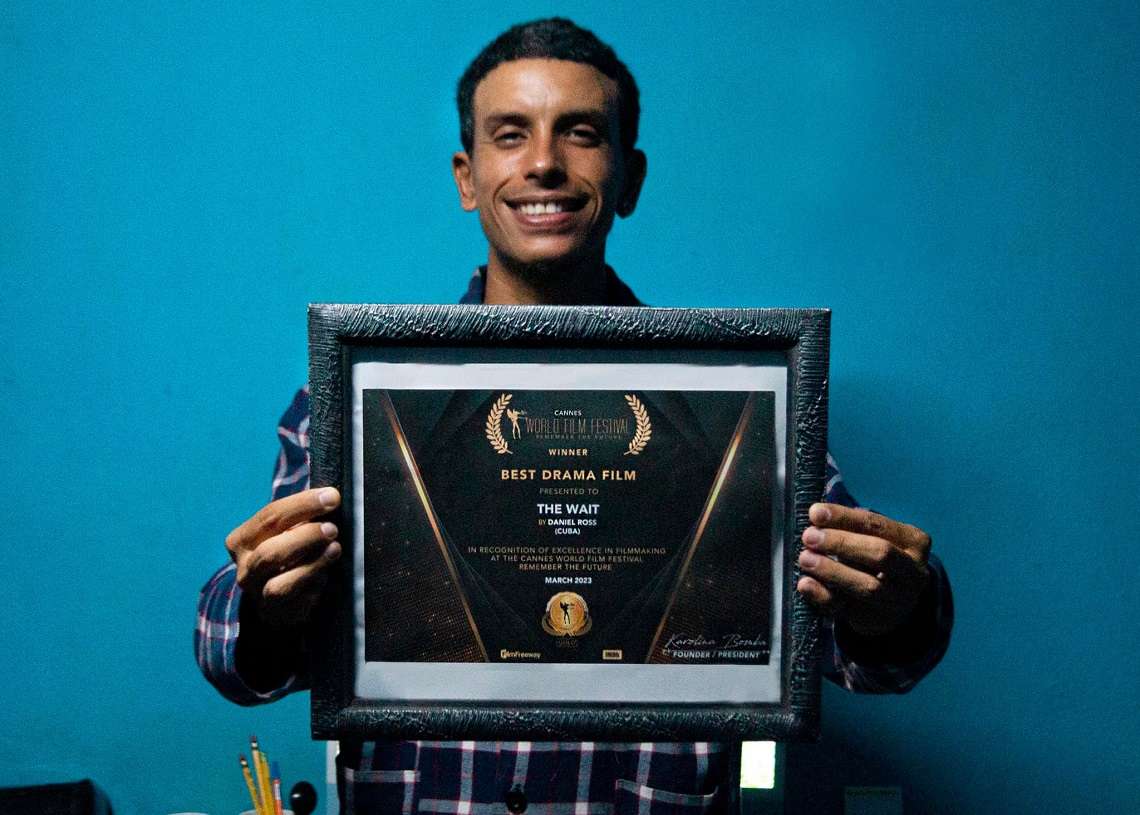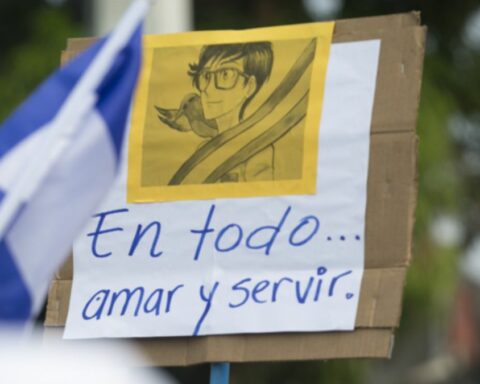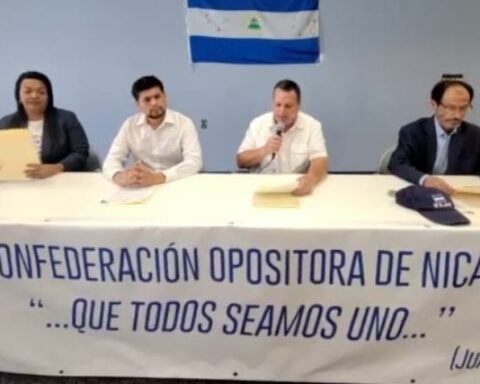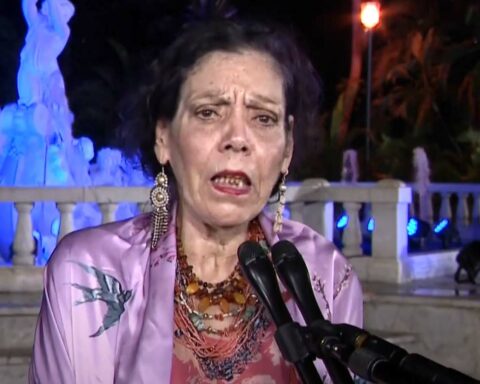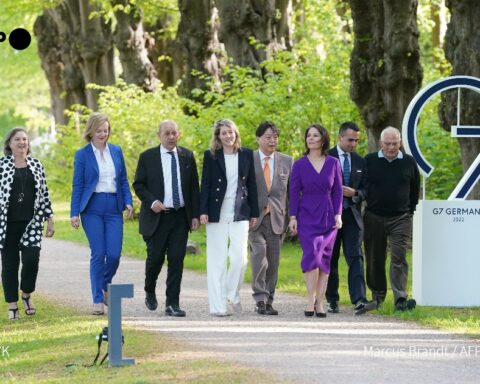While the democratic world celebrated World Press Freedom Day, in Nicaragua the Sandinista regime headed by Daniel Ortega and Rosario Murillo, honored its global description of dictatorship, by kidnapping independent journalist William Aragón.
The communicator, a former correspondent for the newspaper La Prensa, was renting a house in Estelí as far as the police patrols under Ortega’s servitude arrived. He was arrested and transferred to the Directorate of Judicial Assistance where the torture prisons, known as El Chipote, operate.
At dawn, without lawyers and without the right to defense, he was accused of spreading false news and brought before the judges of the dictatorship who operate as judicial executioners, who opened a trial, but sent him back to his home under a house-to-prison regime. .
Related news: Police detain another journalist from Channel 10, along with her two children
Aragón was retired from journalism and worked as a plumber, but he has been under surveillance and persecution by the dictatorship since April 2018, when he reported on the social protests from his community, Somoto. Aragon is not the only journalist who in 2023 suffers the ravages of the dictatorship.
Another journalist accused
On the same day of his capture and kidnapping, at least 50 more people designated by the dictatorship as “traitors to the homeland” were arrested and charged. Among them stands out the journalist Oscar Rodolfo García Vallecillo, former news presenter for Channel 12.
From his case it is publicly known that he had been retired from the channel, since in 2020, he sued him for non-payment. Although he was off the public radar as a journalist, regime police captured him in Managua on the night of May 3, World Press Freedom Day.
Like Aragón, García was accused of spreading false news. He, too, was brought before a Sandinista judge and now lives under house arrest. He must appear daily at a police station to sign a mandatory act.
The worrying case of Víctor Ticay
Before the two of them were arrested and charged, local journalist Víctor Ticay, from Nandaime, had been kidnapped from his home on April 6 and taken to El Chipote the following day.
The Ticay case combines two of the worst repressive actions of the Sandinista dictatorship in Nicaragua: the attack on the independent press and the harassment of the Catholic Church.
Ticay, 31, was deceived by people in civilian clothes on the morning of Thursday, April 6, after covering a religious activity in his city Nandaime, municipality of Granada.
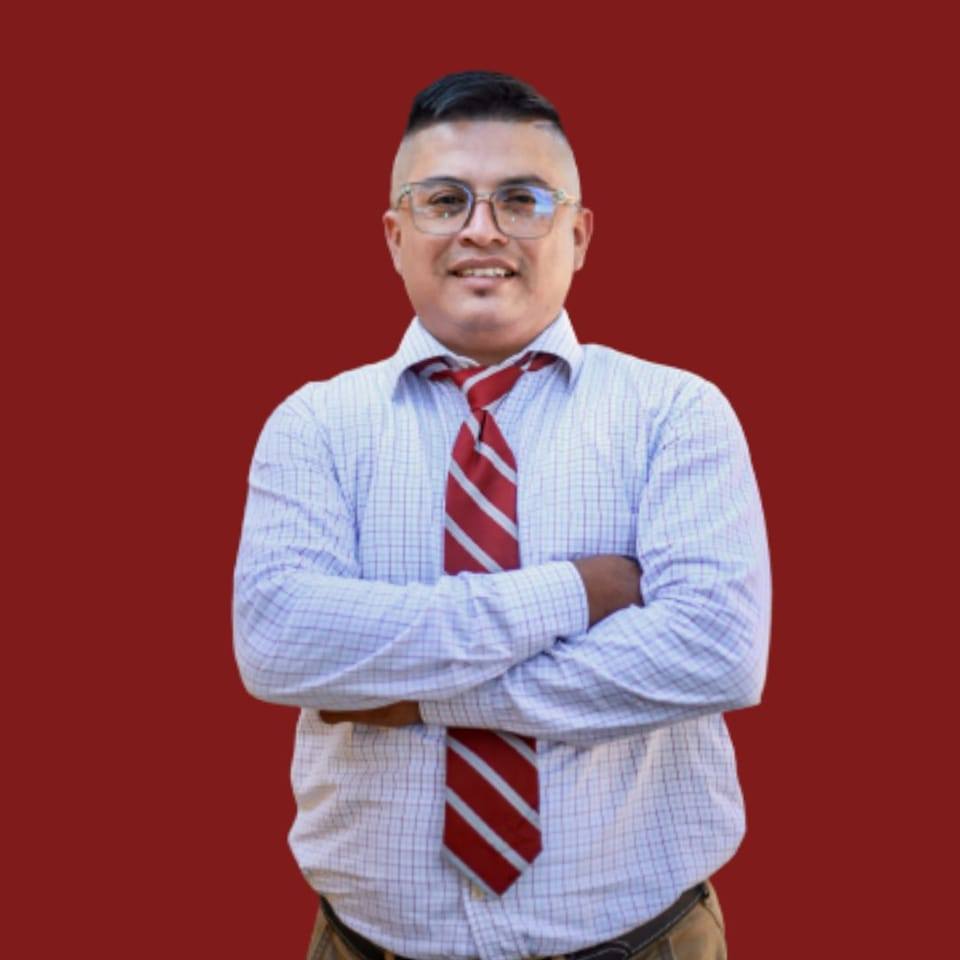
The journalist has been working for 10 years and is a correspondent for Channel 10 and owner of the La Portada platform on social networks. He went out to provide local coverage to a traditional Catholic activity as he has usually done for a decade, but the police prohibited the activity on orders from the Sandinista regime.
On April 5, the parishioners of Nandaime defied the police ban and Ticay broadcast images of traditionally costumed youths running from security agents through the streets of the city. That was enough for the next day, men in civilian clothes went to look for him at his house and took him out by force, to put him in a patrol car and take him to jail.
Since then, the fate of the journalist in the hands of the police under the service of the dictatorial Ortega-Murillo regime has been unknown.
One more journalist on trial
The most recent case of attack against independent journalists, always carried out by the police, was the arrest and accusation against the independent journalist Hazel Zamora, from the city of Bluefields in the southern Caribbean of Nicaragua.
Zamora is also a correspondent for Channel 10 in Bluefields and on May 5 she was arrested at a police checkpoint on the highway. The unofficial version highlights that she was traveling from Managua to Bluefields by bus when she was forced to get off at a checkpoint; At the same time, her house was searched and ransacked by police patrols that stole the journalist’s communication equipment.

Like Aragón and García, Zamora was taken from her region to secretly accuse her of the same crimes of spreading false news.
The precautionary measure that prevents them from working
A trial was also opened and she was transferred to her house under a house-by-prison regime and forced to attend a police station daily to sign a mandatory act. “We continue to demand that the Daniel Ortega regime cease the persecution and criminalization of journalists,” urged the Independent Journalists and Communicators of Nicaragua (PCIN) movement in a message regarding the arrests.
Zamora was a witness in the case of the death of his colleague Ángel Gahona, shot to death 5 years ago when he was covering demonstrations against the Ortega regime.
The three journalists are part of at least 57 Nicaraguans, mostly opponents and critics of the Ortega dictatorship, who were arrested on May 3 and charged with crimes of “treason” and cybercrimes, sent under house arrest.
Five human rights organizations, including Race and Equality, condemned this “new wave of kidnappings.” It should be remembered that the police were sanctioned in 2020 for massive violations of human rights by the United States, the European Union and other countries.
Journalism under attack by sanctioned
In addition, together with the abominable presidential couple Ortega-Murillo and the entire structure of justice (Public Ministry and Judiciary), the main commanders of the police and the institution as such, are accused of committing crimes against humanity against the population. Nicaraguan civilian.
In April 2018, police, paramilitaries, and Sandinista fanatics attacked protest marches and checkpoints, causing a bloodbath that killed 355 people and injured more than 2,000.
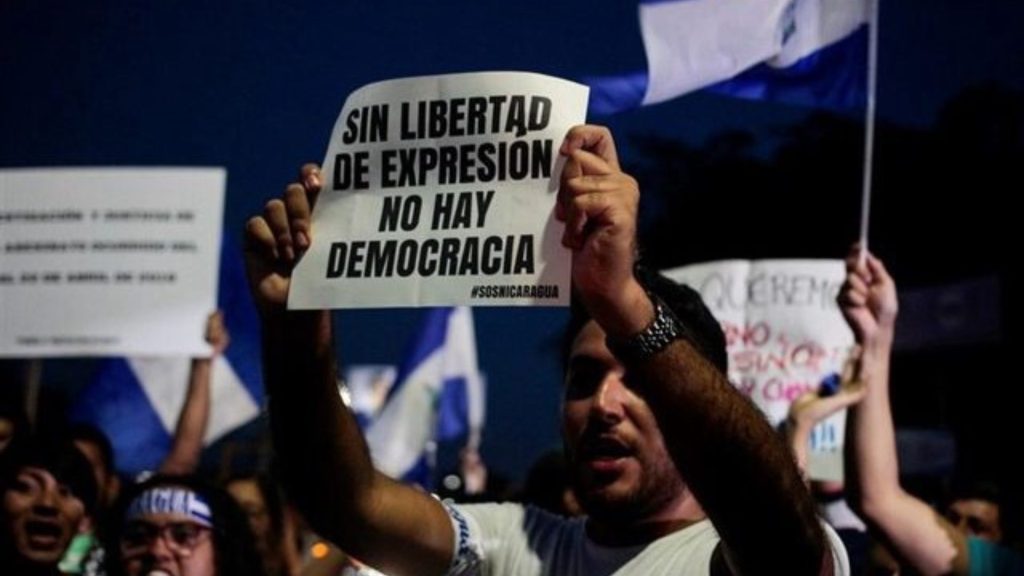
Various human rights organizations have denounced that since Ortega-Murillo’s return to power in 2007, there has been a deterioration in the environment for freedom of expression and the exercise of independent journalism.
The Nunca Más Nicaragua Human Rights Collective points out that since Ortega returned to power, he has focused on the “non-aligned” media.
Murillo with speeches and works of hate and terror
In its report “The deprivation of liberty and the imposition of torture and cruel, inhuman and degrading treatment as a mechanism to generate terror in the population”, the collective exposes in chapter three the systematic deterioration of freedom of the press and expression.
In that section, they state that between 2007 and 2015, “there was a serious setback in the conditions for practicing independent journalism in Nicaragua, with violations committed under the framework of the policy of non-contamination of information, which was created and directed to impose by all means a hegemonic narrative that was initially promoted by Rosario Murillo, from the Citizen Power Communication Council and later from the vice presidency”.
Related news: Nicaraguan journalists continue to carry out their work between anonymity and exile
On the other hand, they point out that from 2015 to 2018 “the dictatorship intensified hostility towards the independent media and this was done through actions that violate Human Rights, such as the denial of access to different events under government and party control. , as well as assaults and robberies that remained in impunity.”
Panorama of a profession almost in rubble
Some of the most common problems reported by organizations are the following:
Censorship and self-censorship: There have been cases of direct censorship by the regime, as well as self-censorship by journalists and the media to avoid reprisals. This has led to an environment of fear and restrictions on the coverage of certain sensitive or critical issues towards the government.
Harassment and physical assaults: Cases of harassment, intimidation, and physical violence against journalists have been documented, especially those who report on sensitive issues or who criticize the dictatorship. Independent journalists have been subjected to threats, assaults, and physical attacks.
Legal restrictions and regulations: The government has implemented laws and regulations that restrict journalistic work and limit the capacity of independent media. These laws include the Foreign Agents Regulation Law and the Cybercrime Law, which have been used to persecute and criminalize critical journalists and media.
Control of the media: the Ortega regime has exercised strong control over the media in Nicaragua. He has acquired or shut down independent media and has granted privileges to those who are aligned with his administration. This has led to a significant limitation of the diversity of opinions and the plurality of voices in the media.
By: United Voices


